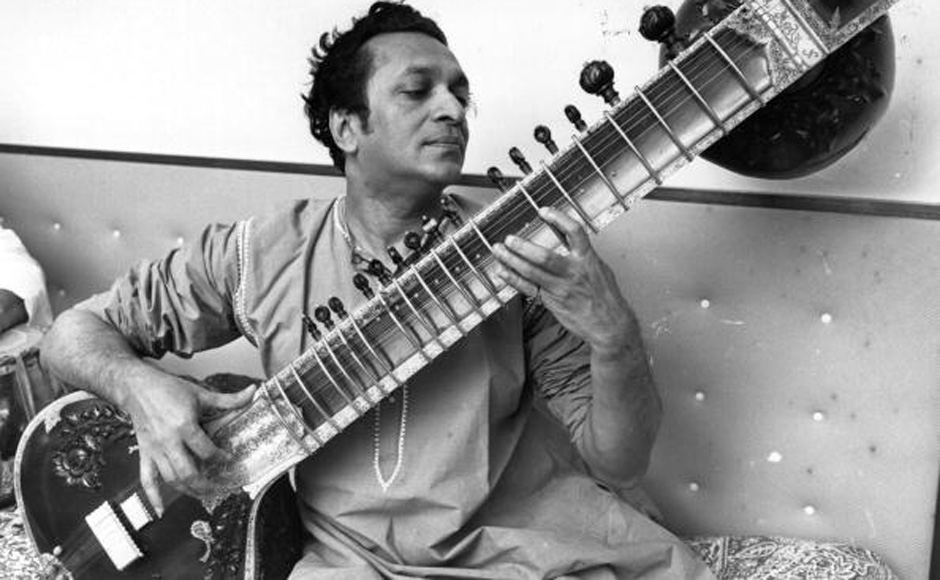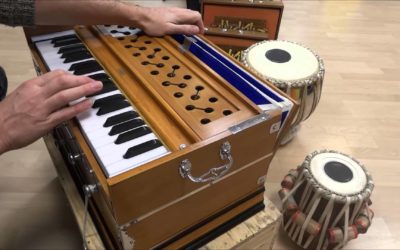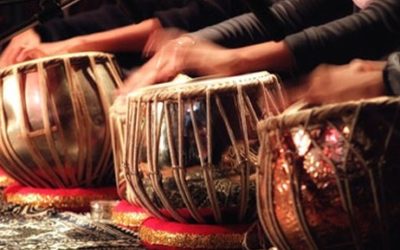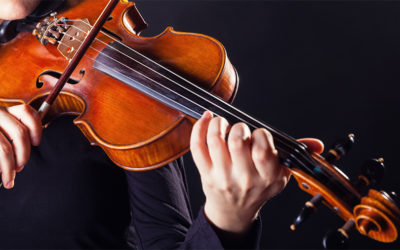Among Indian classical musical instruments, the sitar is perhaps the best known. What’s not known is its exact origin. The sitar has been in existence for thousands of years in one form or another, but there are several theories as to who invented it.
Most people agree that the modern sitar first appeared in the 1700s at the end of the Moghul Empire.
There is a popular story that names Amir Khusro, a progenitor of North Indian classical music, as its inventor, but that has been dismissed by serious historians. The other possible theory is that it was modified to combine the Veena and the Persian Sehtar hundreds of years ago. Yet another popular tale names a different Amir Khusru, a descendant of Naugat Khan, as the sitar’s creator in the 18th century. Today, most people accept that the sitar originated entirely in India from ancient instruments similar to the Veena.
Whatever its true history, the sitar has continued to evolve over the centuries. Noted musician Masit Khan (the second Amir Krusru’s grandson) even had a musical style named after him, the Masitkhani Gat. This style is slow, in the dhrupad style. Raza Khan is the creator of a faster style known as Razakani Gat. Other musicians associated with the sitar include Vilayat Khan, one of the most prominent sitar players of the 20th century, and of course Ravi Shankar, who brought the sitar to Woodstock.
At Sitars Etc., we are more than just a retailer of sitars and other Indian musical instruments and accessories. We are also deeply committed to the history of the sitar and its sister instruments. They represent not only a wonderful musical history but a cultural one as well. For this reason, it is imperative to us that we preserve this great tradition by dealing in only true sitars, hand-picked by experts from the manufacturers themselves. Keep in mind that all of our sitars are shipped exclusively by air from India, which means they will arrive at your door in superior condition.Sitar is perhaps the most well known of the Indian instruments. Artists such as Ravi Shankar have popularized this instrument around the world. Sitar is a long-necked instrument with an interesting construction. It has a varying number of strings but 17 is usual. It has three to four playing strings and three to four drone strings. The approach to tuning is somewhat similar to other Indian stringed instruments. These strings are plucked with a wire finger plectrum called mizrab. There are also a series of sympathetic strings lying under the frets. These strings are almost never played but they vibrate whenever the corresponding note is sounded. The frets are metal rods which have been bent into crescents. The main resonator is usually made of a gourd and there is sometimes an additional resonator attached to the neck.





0 Comments